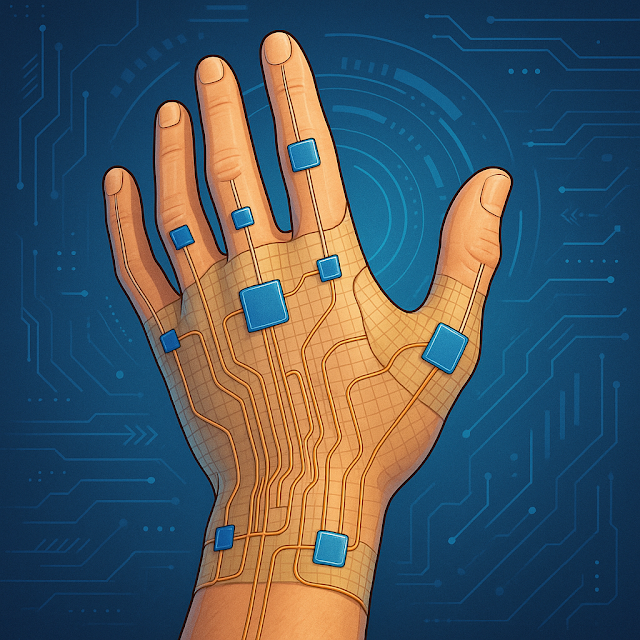Revolutionizing Touch: The Future of E-skin Technology

E-skin technology, or electronic skin, is an innovative advancement that mimics the properties of human skin, enabling a wide range of applications from healthcare to robotics. This flexible, stretchable material is embedded with sensors that can detect pressure, temperature, and even chemical changes, making it a game-changer in various fields. Introduction As technology continues to evolve, the quest for more human-like interfaces has led to the development of e-skin technology. This remarkable innovation not only enhances the interaction between humans and machines but also opens new avenues in medical diagnostics and wearable devices. What is E-skin Technology? E-skin is a synthetic material that can be applied to surfaces to provide sensory feedback similar to human skin. It consists of a flexible substrate embedded with sensors that can detect various stimuli, including touch, temperature, and humidity. Applications of E-skin Technology Healthcare : E-skin can ...

